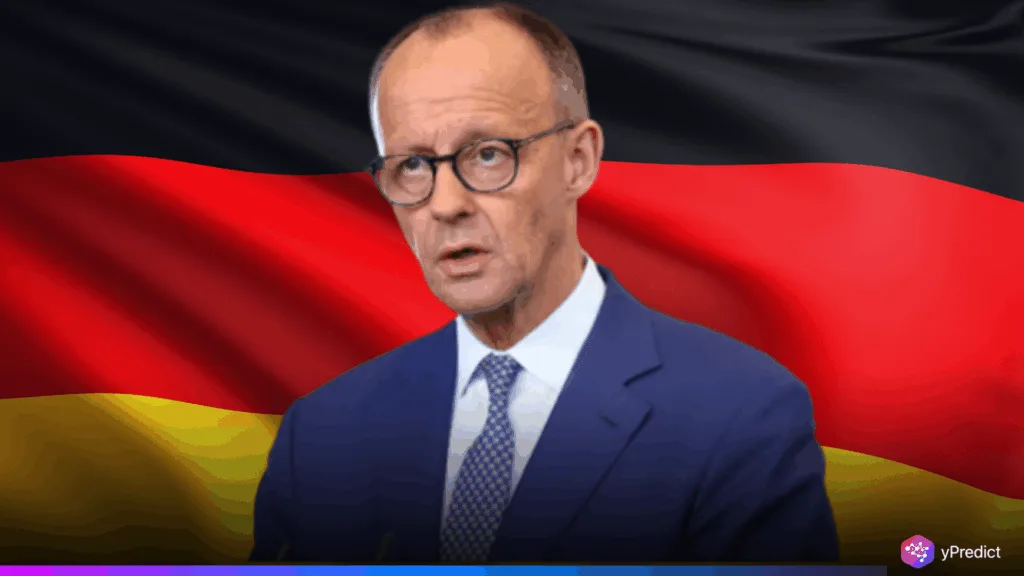
Recent EU tariff agreements between the US and the EU have caused tensions to persist. German Finance Minister Lars Klingbeil has publicly criticized the bloc’s negotiating stance and called for changes to the agreement. Before meeting with US Treasury Secretary Scott Besant in Washington, Klingbeil emphasized the need for a strong and united European front.
Additionally, EU officials were taken aback by his comments, claiming that member states were fully informed before the July 27 agreement. Initially hailed as a breakthrough, the agreement is currently being reexamined due to industry concerns and uncertain tariff results.
Why Is Germany Discontent With the EU’s Trade Moves
Klingbeil’s remarks have revealed dissatisfaction within the EU, despite the European Commission’s guarantee of transparency. Germany believes that crucial signals were overlooked, despite the Commission’s claim that all member states were briefed.
The trade talks are turning out to be more difficult than anticipated. Germany’s auto industry is still charged 25% of US tariffs, even after promises to lower them to 15% were made. Furthermore, the disagreement calls into question the EU’s handling of intricate international trade policies and its collective bargaining power.
Will the EU Tariff Agreement Hold Strong?
Germany’s criticism coincides with a sensitive point in the ongoing tariff negotiations. The US recently issued an executive order maintaining 15% tariffs on EU goods, breaking previous pledges. Additionally, important industries continue to be severely impacted, particularly automobiles and machinery. Klingbeil emphasized that rather than opposing the US, the EU should take a more assertive stance when engaging in dialogue.
“We need confidence, not compliance,” he said, ahead of his high-level bilateral discussions in Washington. The EU tariff agreement is still defended by the European Commission as the best way to prevent escalation. A senior official said they are “fighting for every product and every industry” to get exemptions. Additionally, these exemptions are currently being discussed as both parties get ready to issue a joint declaration.
New Doubts Cloud Future EU-US Trade Terms
Discussions are still going on about which EU exports could be eligible for relief. The Commission intends to significantly expand the number of exemptions before the agreement is finalized. Still, there is uncertainty. Officials from the US and the EU have agreed that adaptability and constant changes are necessary to meet changing trade realities.
Furthermore, rather than providing a definitive solution, the EU tariff agreement is probably going to function as a framework. Thus, Klingbeil’s intervention suggests that before Europe can take action on the global trade front, more internal alignment is required.
Is This EU Tariff Agreement Built to Last?
The EU may be forced to reconsider how it manages delicate external agreements as a result of the current outcry. Additionally, Germany’s public concerns may lead to a realignment of strategy. Despite its initial goal of lowering tensions, the EU tariff deal now serves as a reminder that political unity is essential for successful tariff negotiations. Long-term trust will depend on fairness, clarity, and internal consensus, but the forthcoming joint EU-US statement might bring some equilibrium back.







